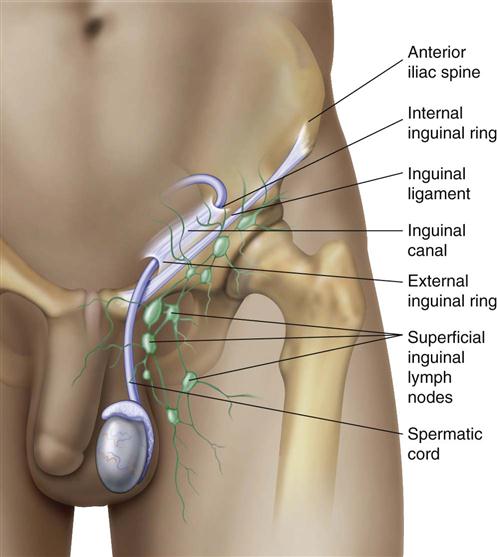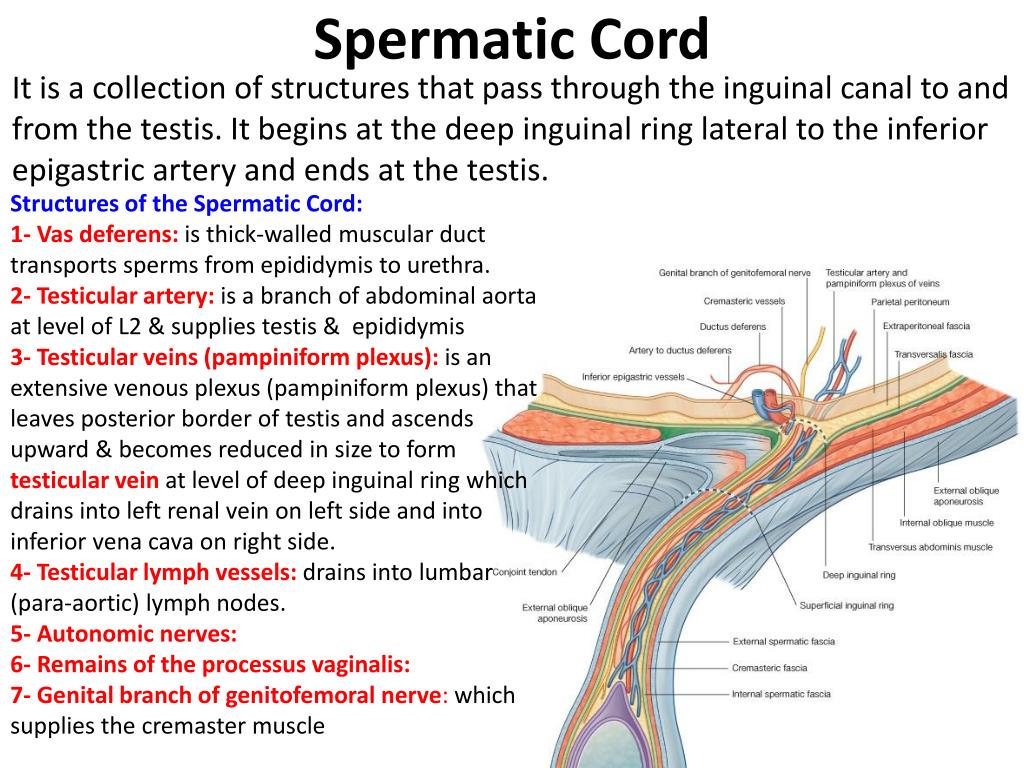Inguinal Canal Spermatic Cord Anatomy

Spermatic cord biological males only contains neurovascular and reproductive structures that supply and drain the.
Inguinal canal spermatic cord anatomy. Abstract a variety of benign and malignant masses can be found in the inguinal canal ic. Inguinal canal is an oblique intermuscular passage in the lower part of anterior abdominal wall for the passage of spermatic cord in males and the round ligament of the uterus in the females. Moves down the lateral pelvic wall in close proximity to the ischial spine. Turns medially to pass between the bladder and the.
Benign causes of masses in the ic include spermatic cord lipoma hematoma abscess neurofibroma varicocele desmoid tumor air bowel contrast material hydrocele and prostheses. Inguinal canal in males in the simplest form the male inguinal canal contains only the spermatic cord in addition to the same nerves found in the female inguinal canal. There is one inguinal canal on each side of the midline. Its serosal covering the tunica vaginalis is an extension of the peritoneum that passes through the transversalis fascia.
The inguinal canals are larger and more prominent in males. The spermatic cord is the cord like structure in males formed by the vas deferens ductus deferens and surrounding tissue that runs from the deep inguinal ring down to each testicle. This tutorial covers an overview of the inguinal canal and spermatic cord. Travels through the inguinal canal as part of the spermatic cord.
The contents of the inguinal canal include. The inguinal canals are the two passages in the anterior abdominal wall of humans which in males convey the spermatic cords and in females the round ligament of the uterus. Each testicle develops in the lower thoracic and upper lumbar region and migrates into the scrotum during its descent it carries along with it vas deferens its vessels nerves etc. Round ligament biological females only originates from the uterine horn and travels through the inguinal canal to.


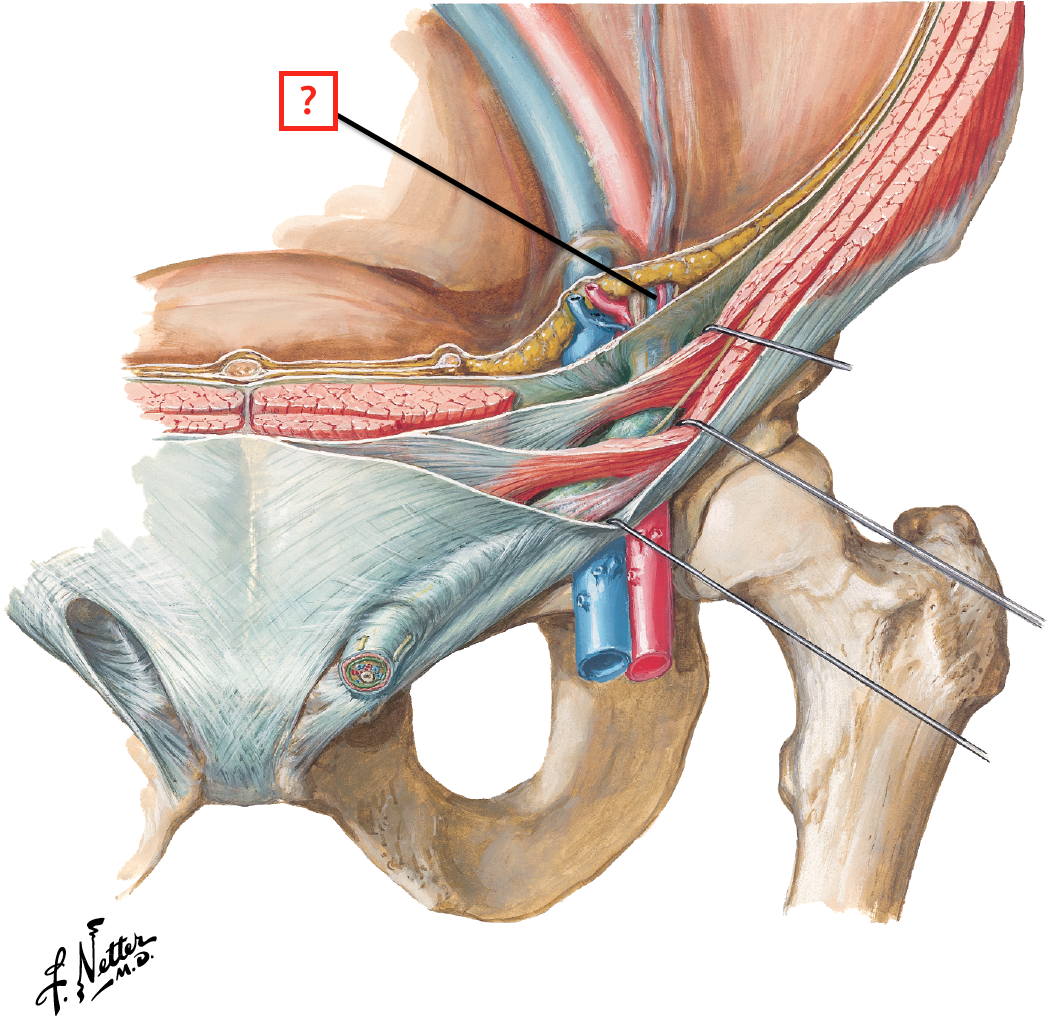

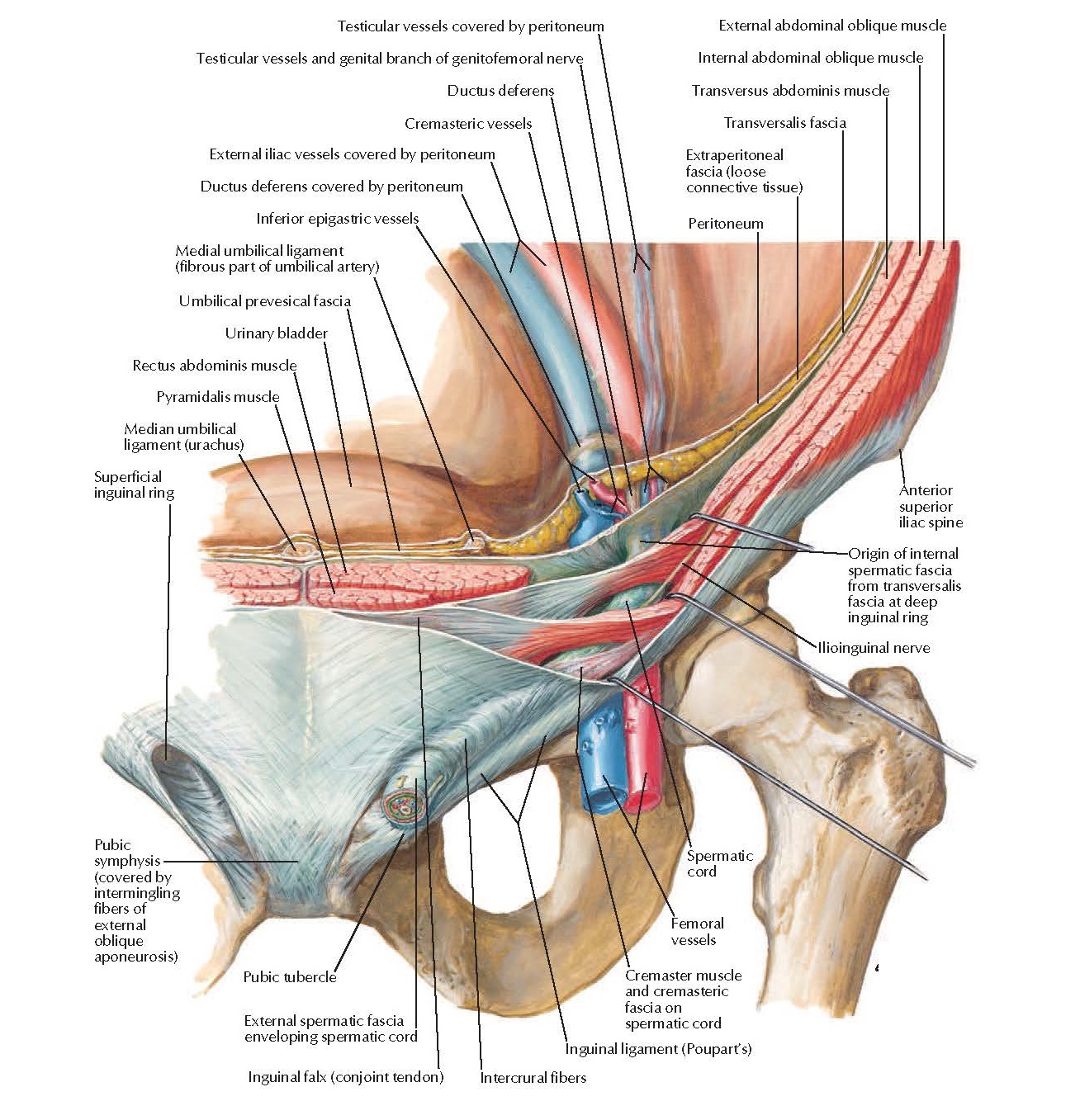
:background_color(FFFFFF):format(jpeg)/images/article/en/inguinal-canal/g482d2hI2tEcQ4ynDgNsSQ_Inguinal_canal.png)
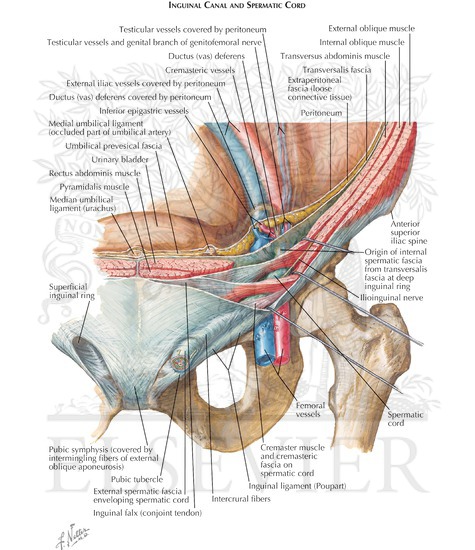

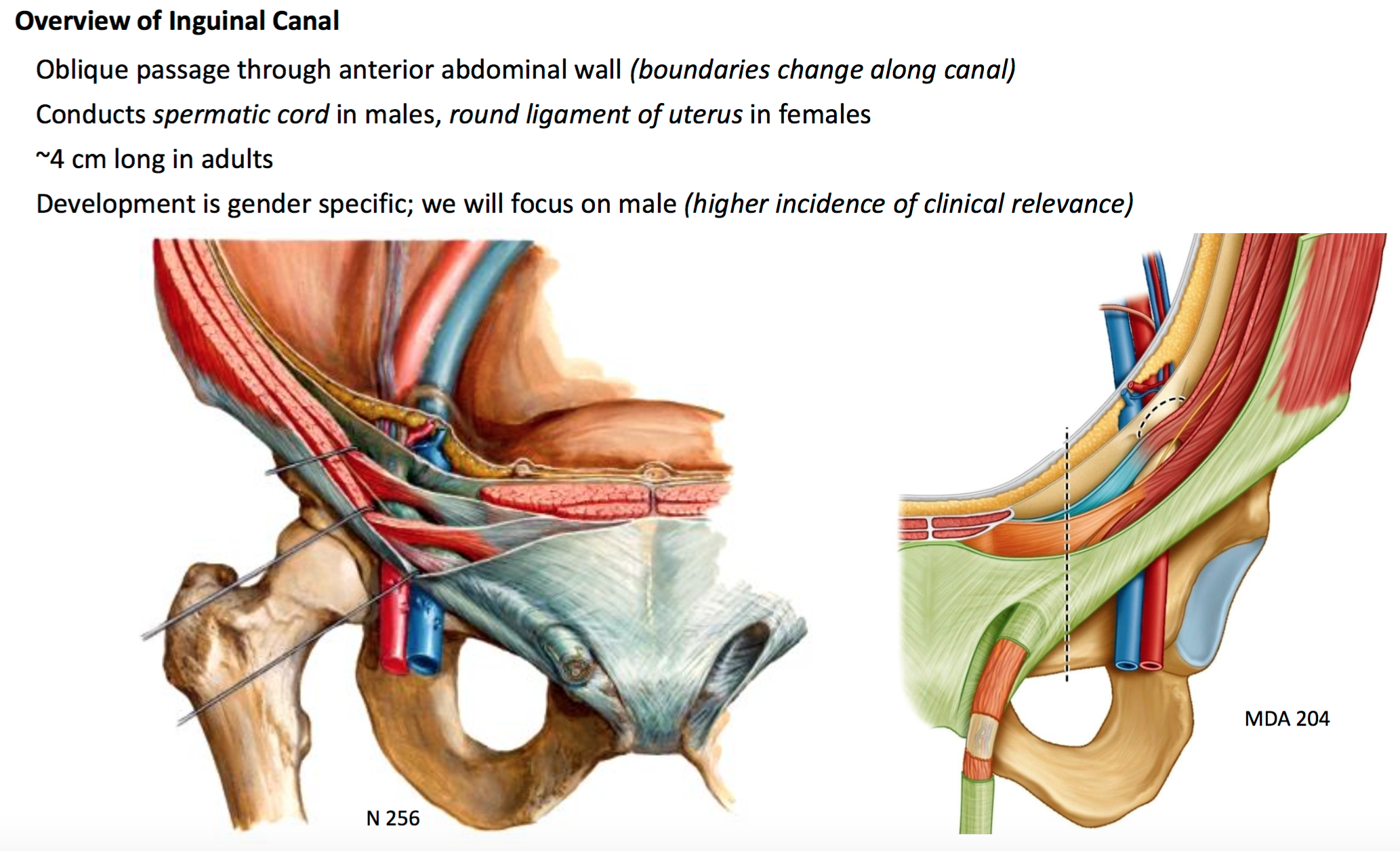


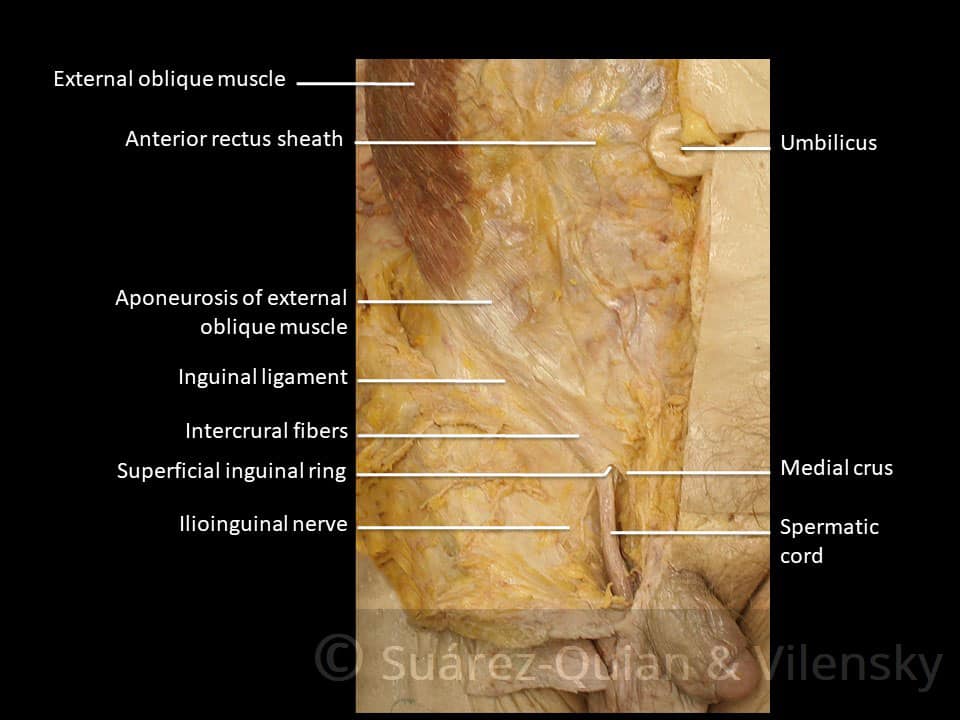

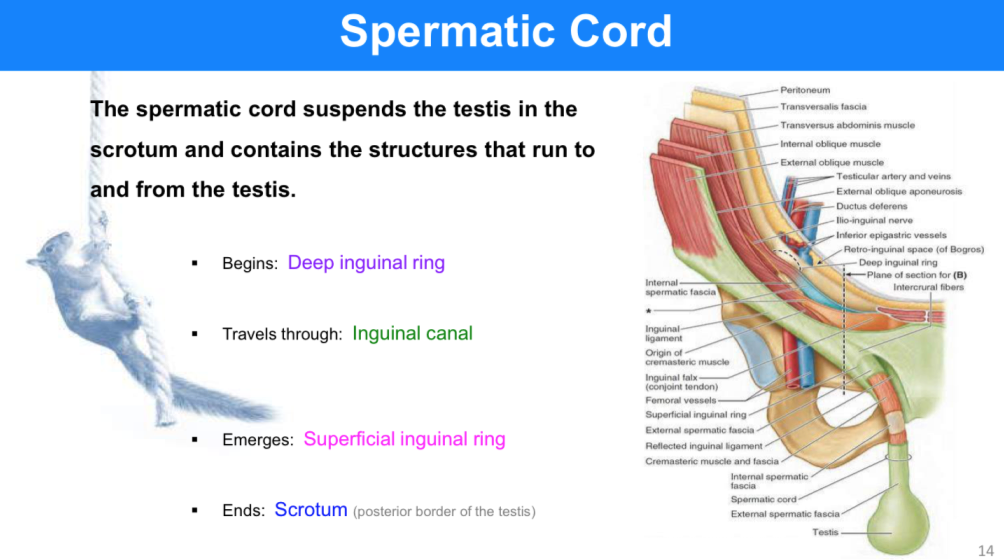
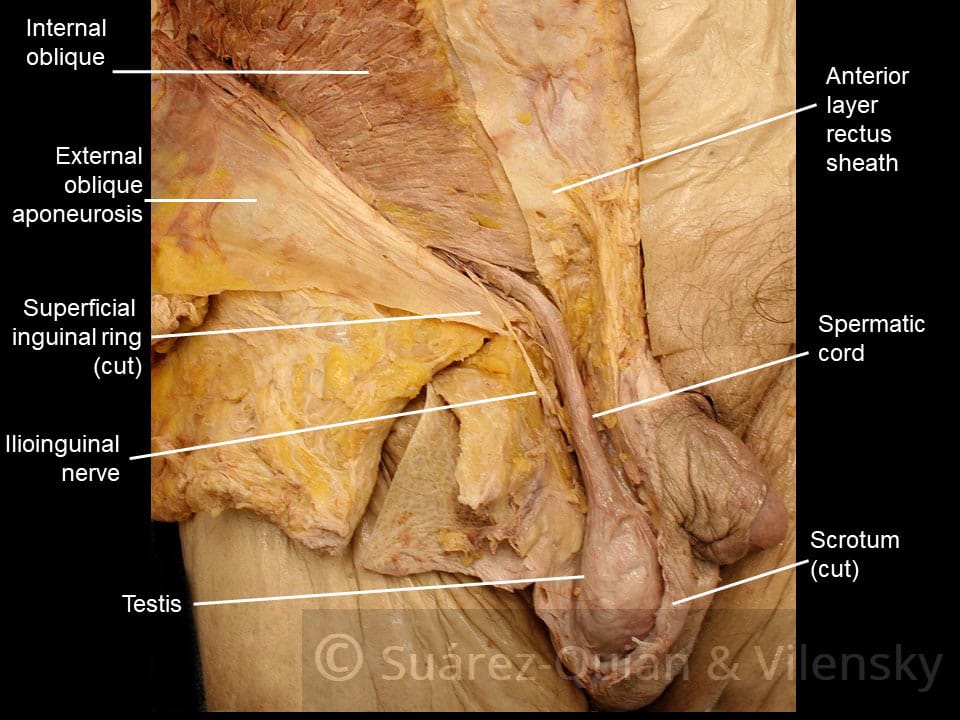

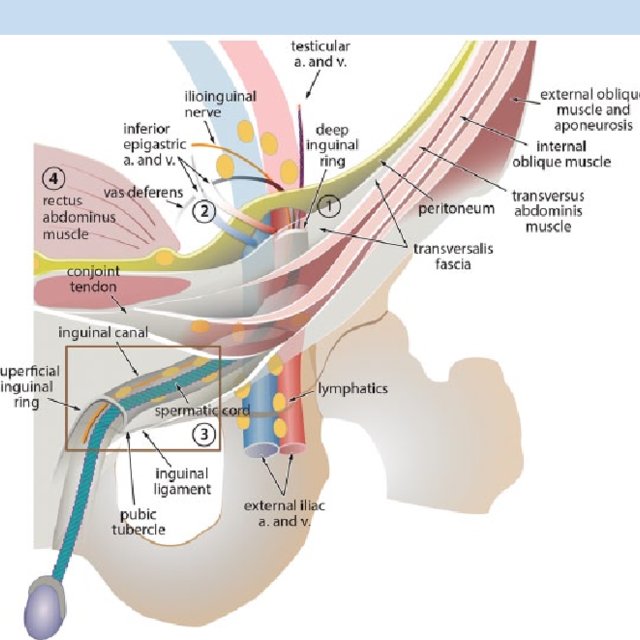



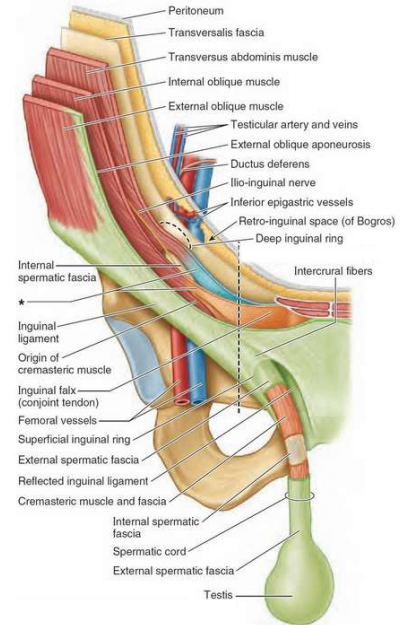
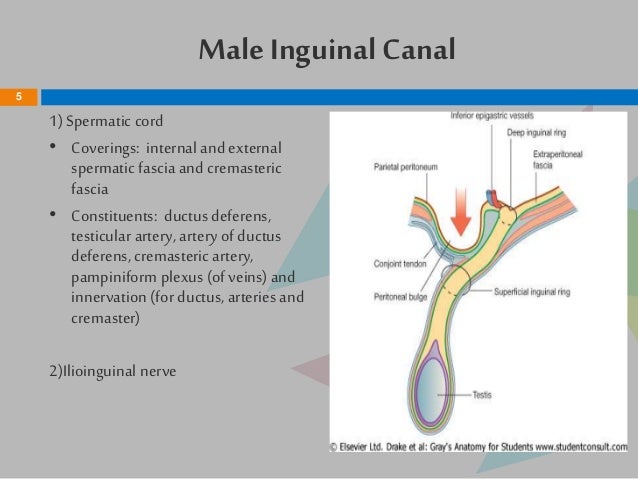
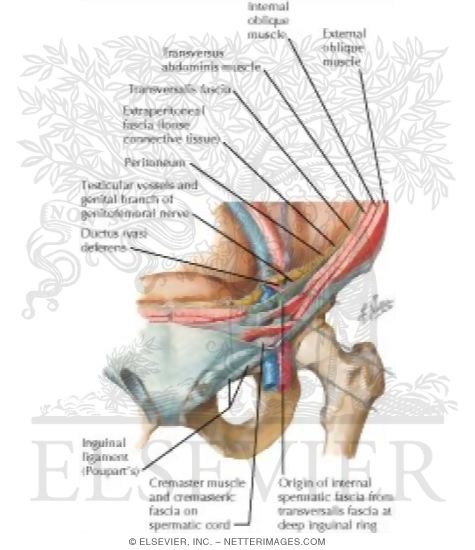
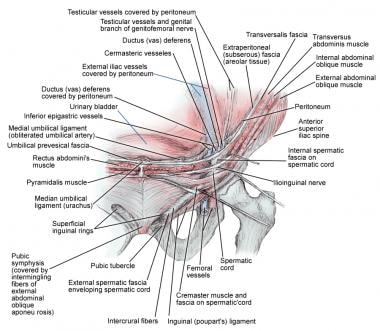
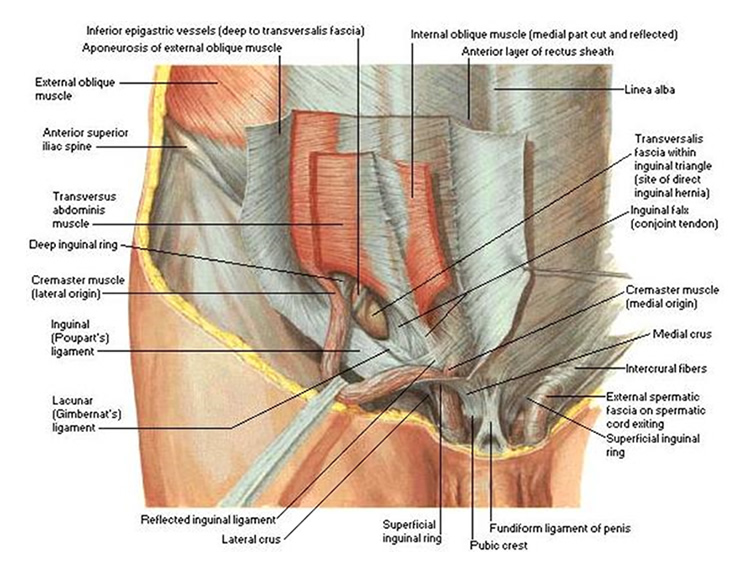
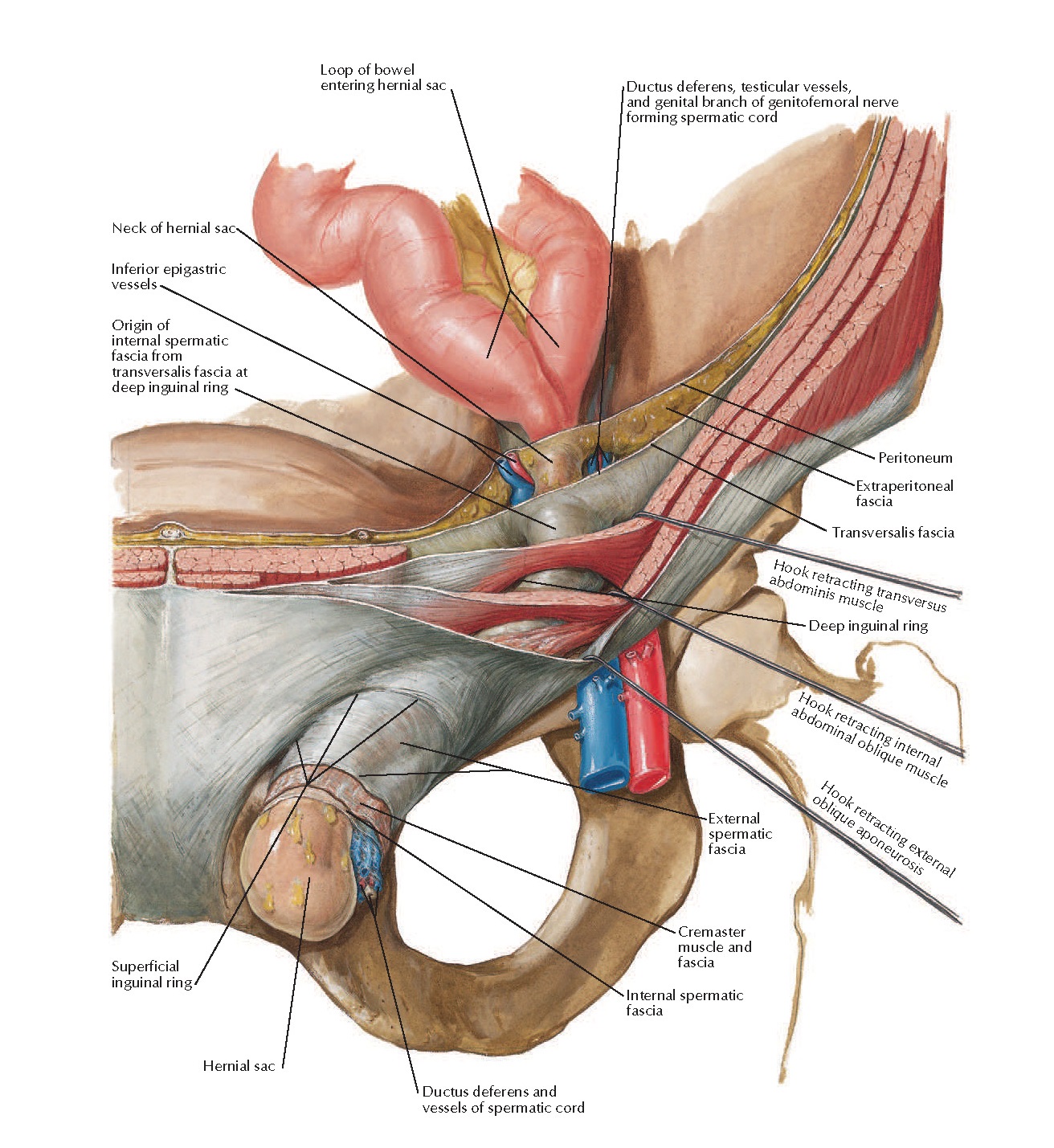
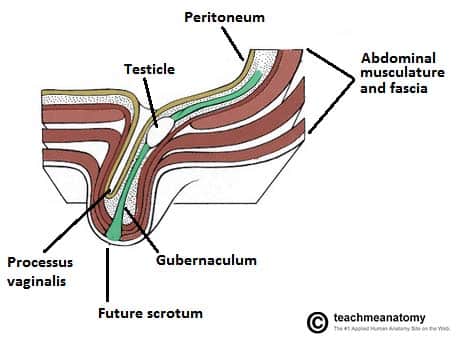

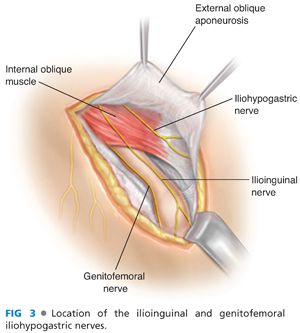
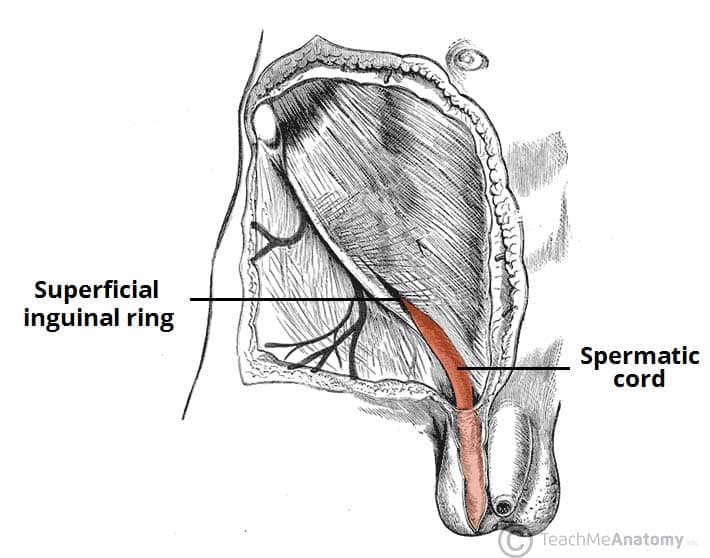
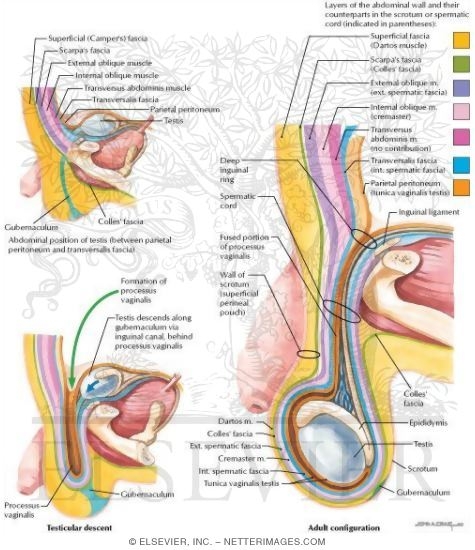


:background_color(FFFFFF):format(jpeg)/images/library/8025/The_Hernia.png)
